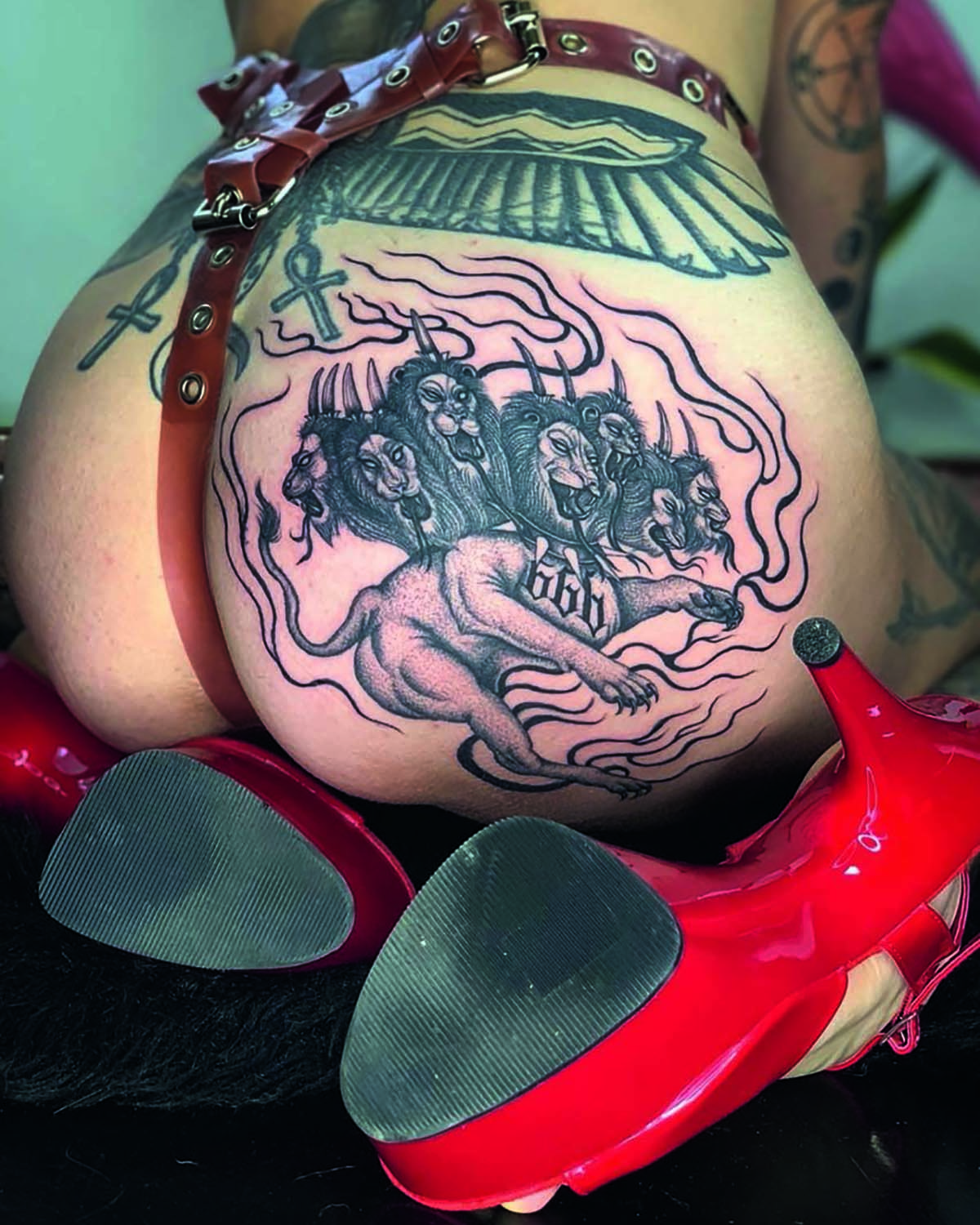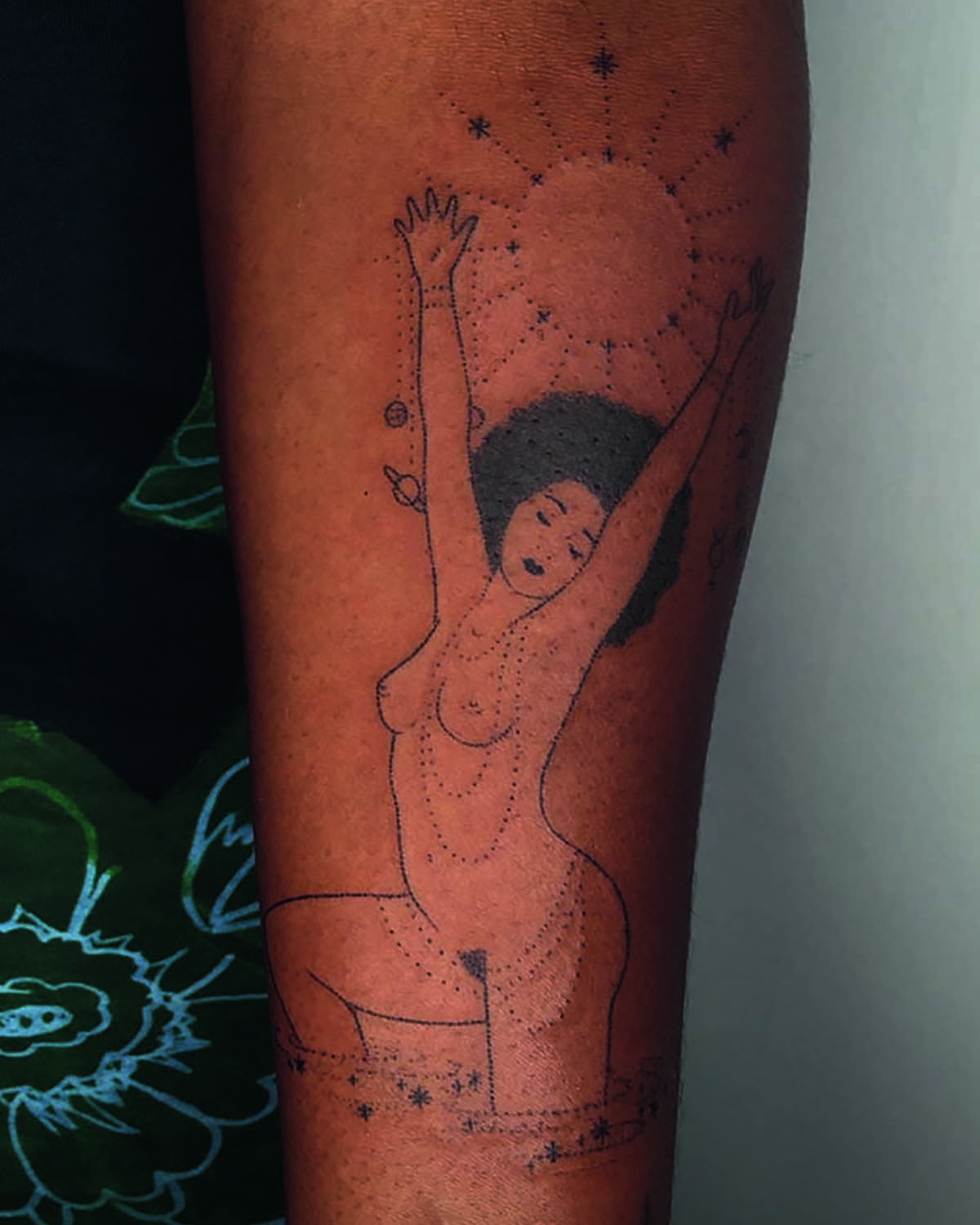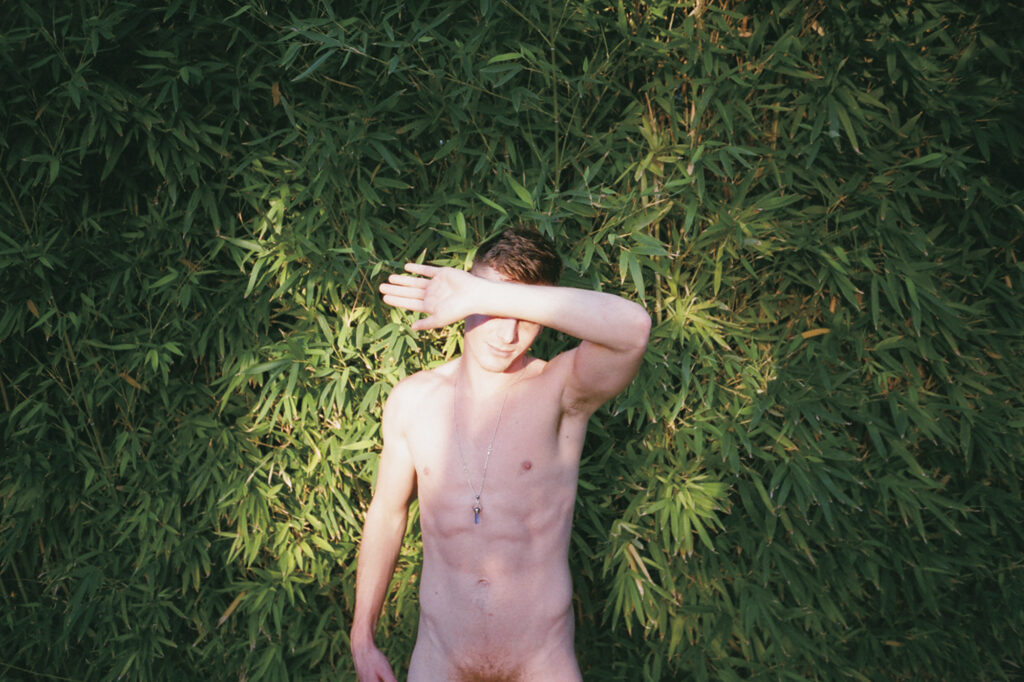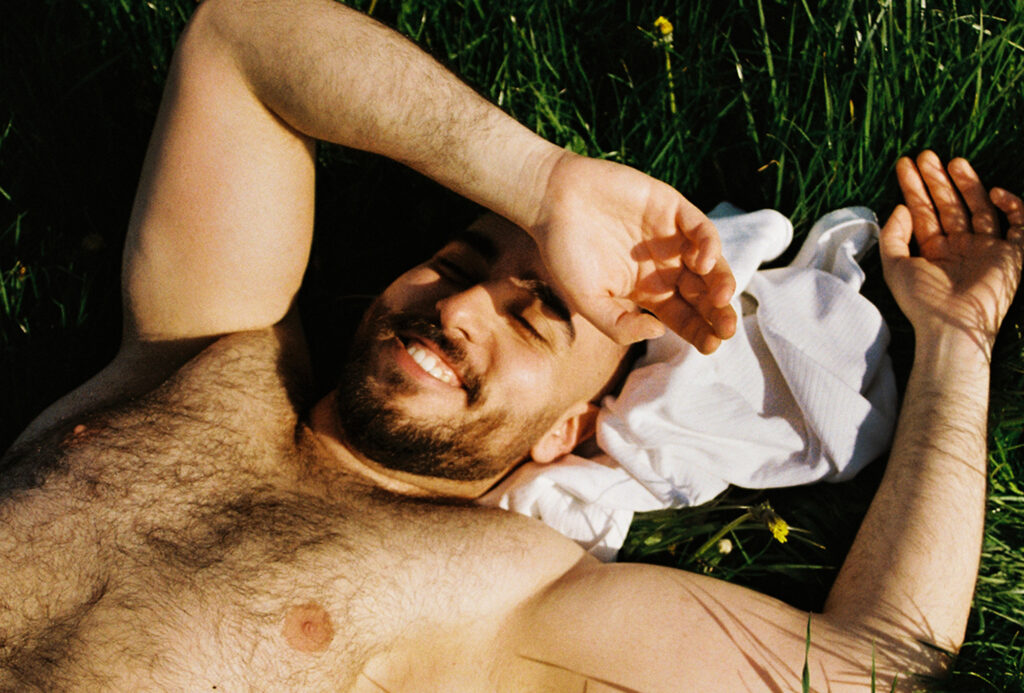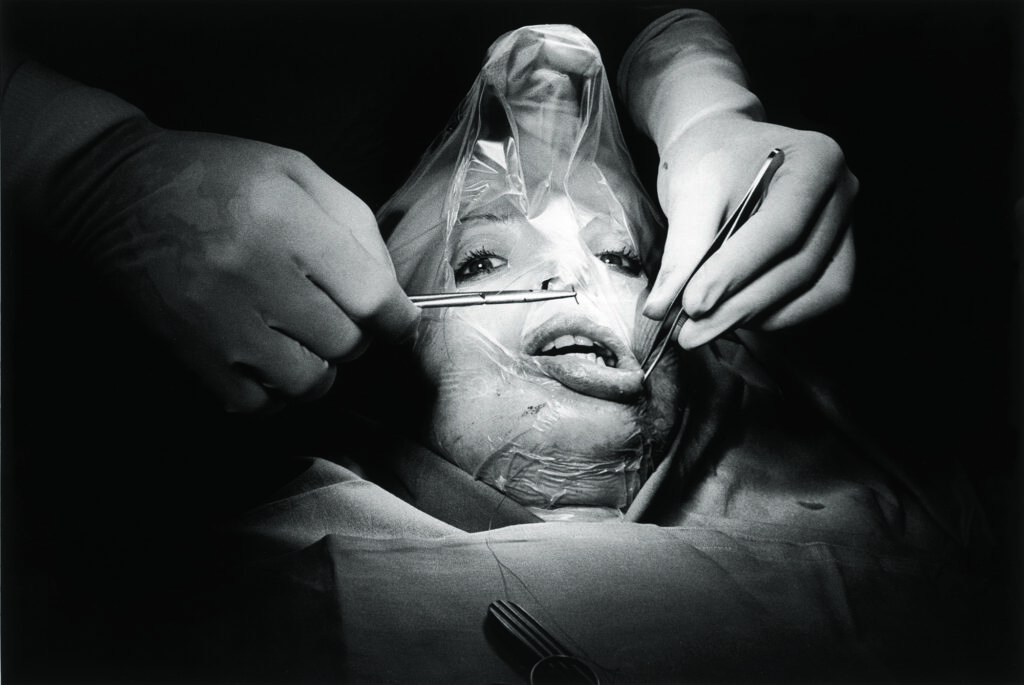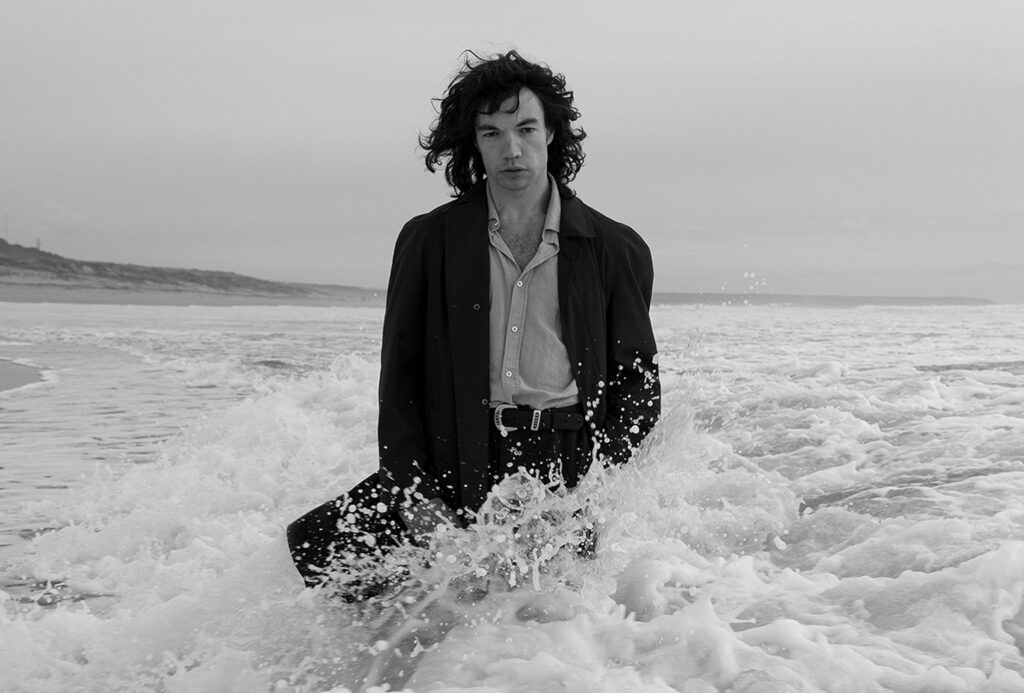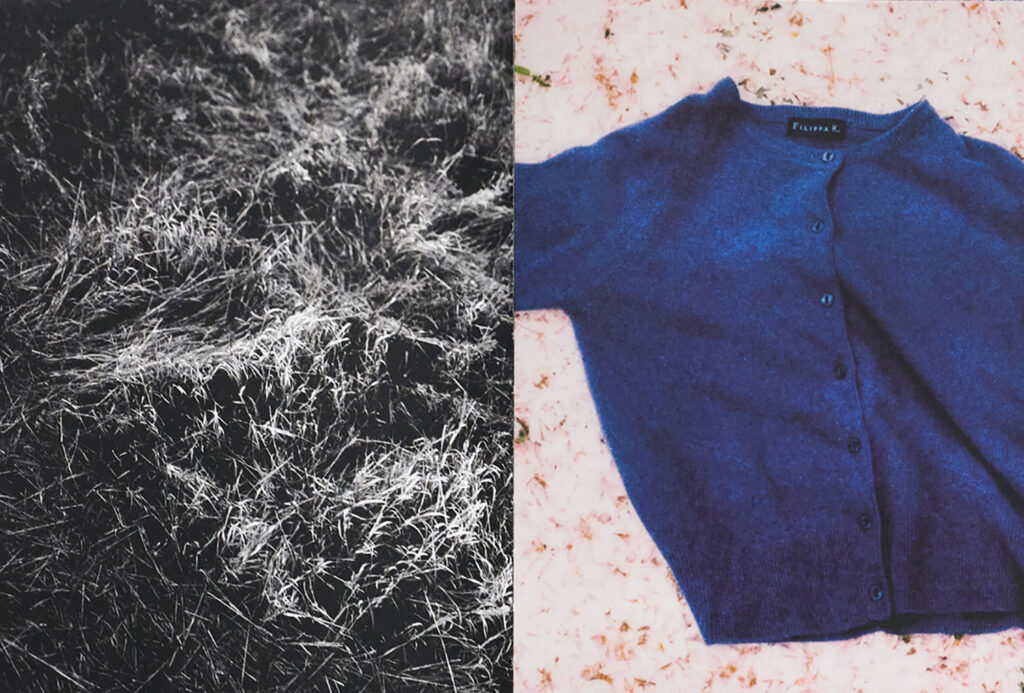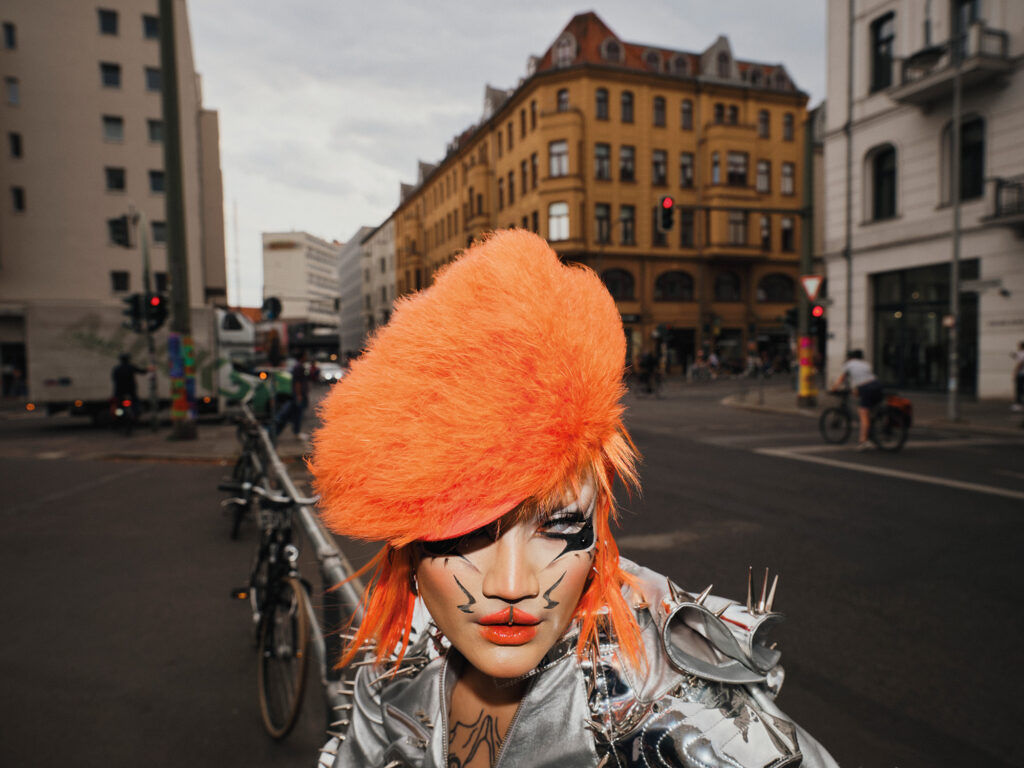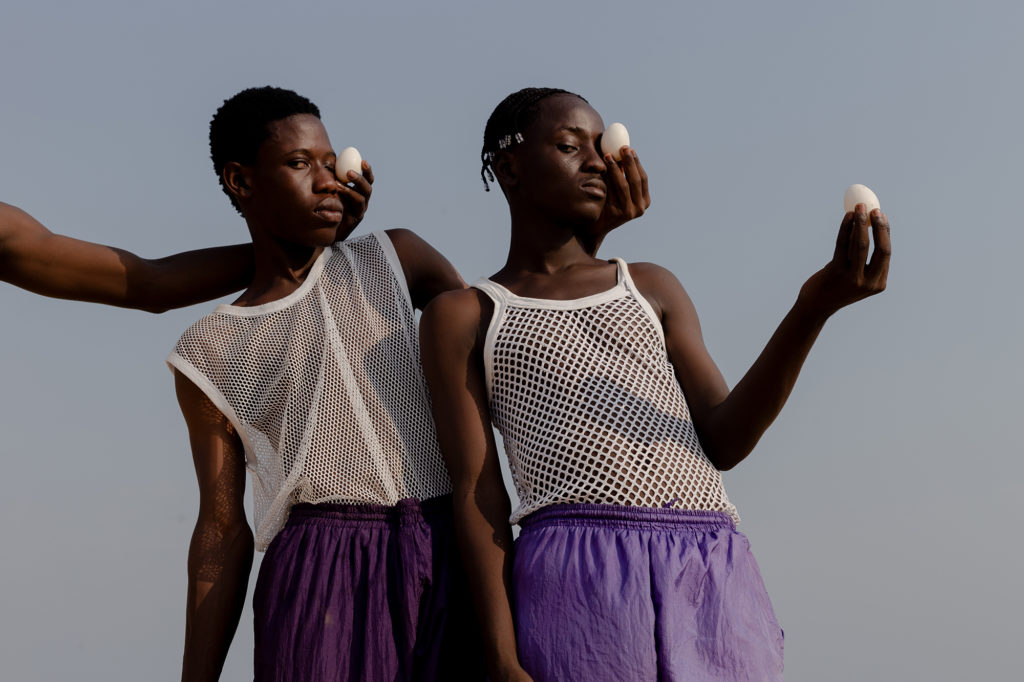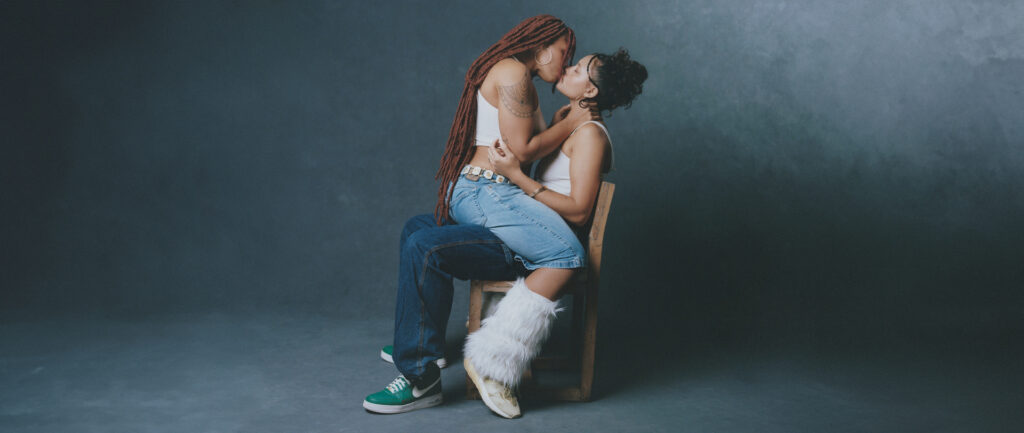Queer Body, Queer Skin, Queer Tattoo
Editors Florian Rudolph, Benjamin Wolbergs, Brody Polinsky
Words Drew Lor
“I’m not gay as in happy, but queer as in fuck you,” reads one of the many tattoos captured in the stunning new publication, Queer Tattoo. The editors of the book, Florian Rudolph, Benjamin Wolbergs, Brody Polinsky, came together and joined forces to discover, capture and share queer tattooers and their creations with the rest of the world.
The book has a common goal, in which it “celebrates a zeitgeist of contemporary tattooing, reflected through the queer lens” and it certainly does just that.
With over 50 international, queer tattoo artists included, along with extensive portraits, texts and images of all that the community has to offer, Queer Tattoo shows what tattooing truly is… an art. Designs ranging from the sexual and erotic, to simple symbols of queerness, to indigenous patterns and designs, the book truly exposes the range and the beauty of these artists and their work.
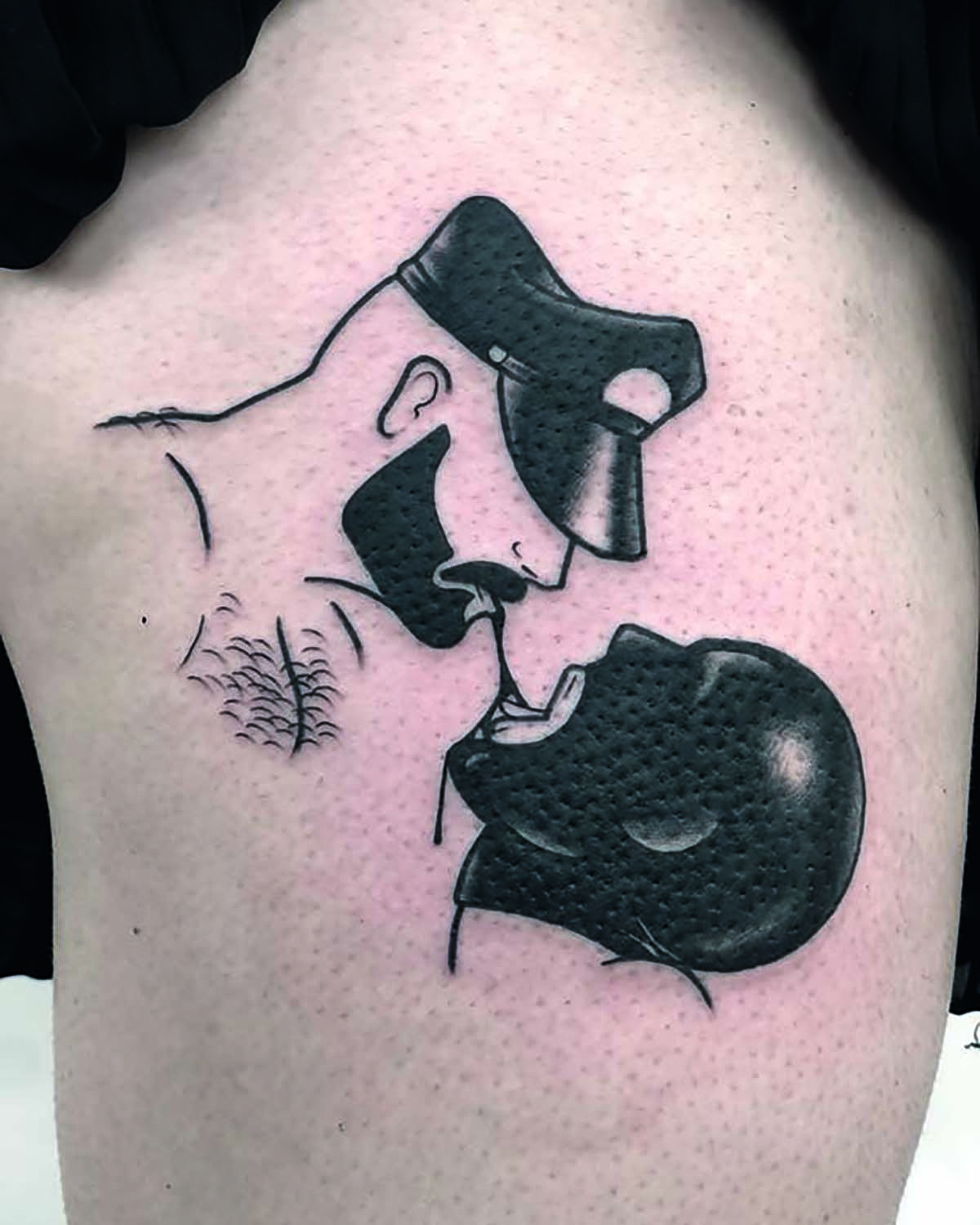
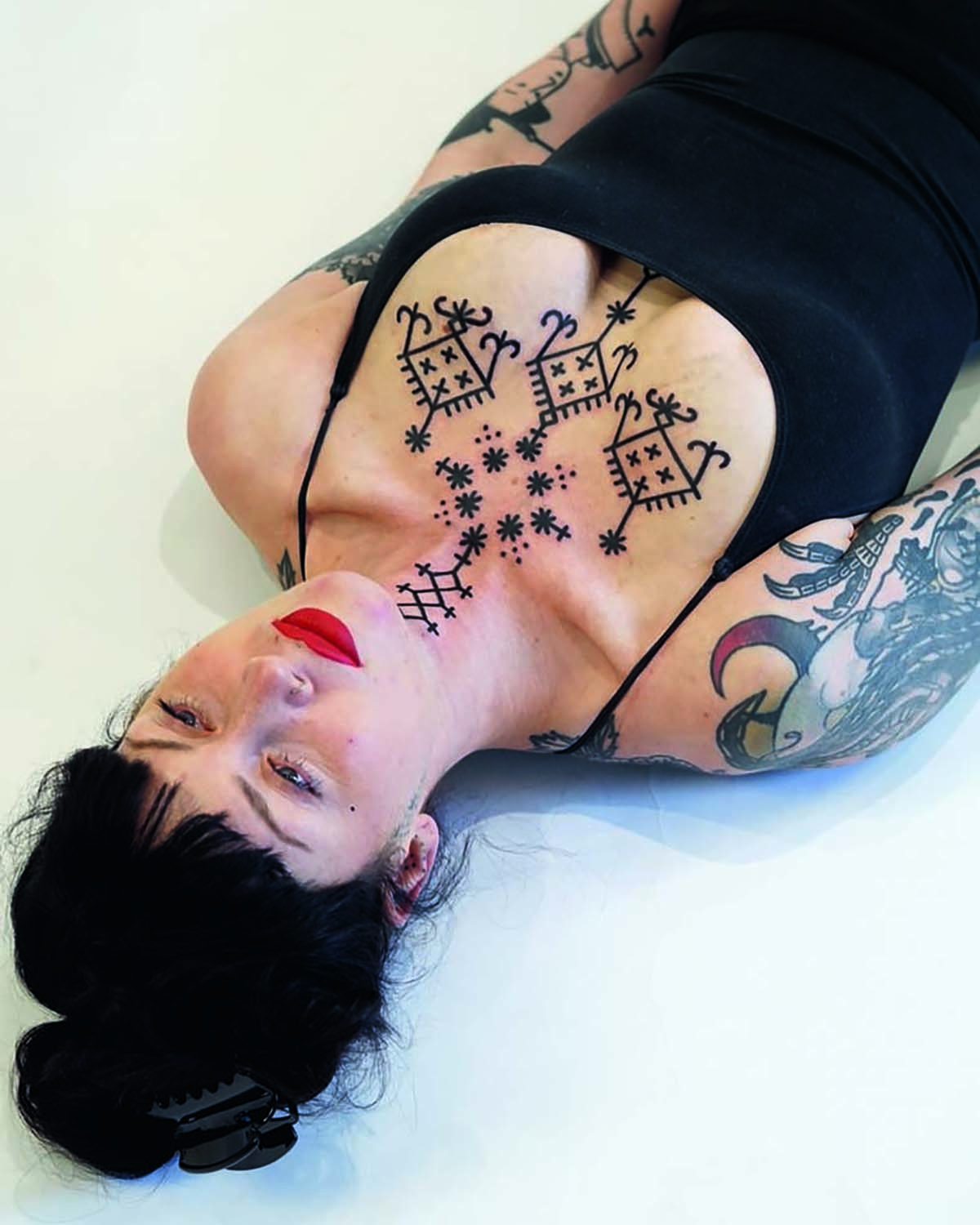
As Queer Tattoo describes itself, tattoos haven’t had the best association and representation throughout history. Previously, tattoos were tied with criminality and the lower classes, an association caused by racism against indigenous communities that first created and developed the art. Throughout the years, it became popularised and was, at various times, considered highbrow when adapted by European nobility.
Now, more and more people are seeing tattooing as a true art form and has become normalised, despite there still being some distaste for tattoos from certain groups. For one thing, the queer community is definitely not one of these groups and never has been!
Queer people have always been outcasts for what they’ve worn, their manner, the people they love and, of course, their bodies. This is why there is such a strong connection between queer people and the art of tattooing; it can be used as a form of radical rebellion while having control of their own bodies, creating art out of them when they have been so harshly judged and despised by many.
Queer Tattoo truly shows this connection and history between tattooing and queerness through its gorgeous selection of artwork. The queerness comes through in various ways – whether the tattoo itself is obviously queer in content, from leather daddies to scissoring lesbians, or whether it is just a gorgeous and liberating tattoo on a queer body by a queer artist, all forms of tattoos show the endless beauty and charm of queer tattoos.
The book aims to be a “comprehensive introduction to this vibrant and diverse queer tattoo community” which it certainly achieves. It is always a delight to see more representation of queerness through intimate portrayals of art and what is more intimate than art under the skin?





